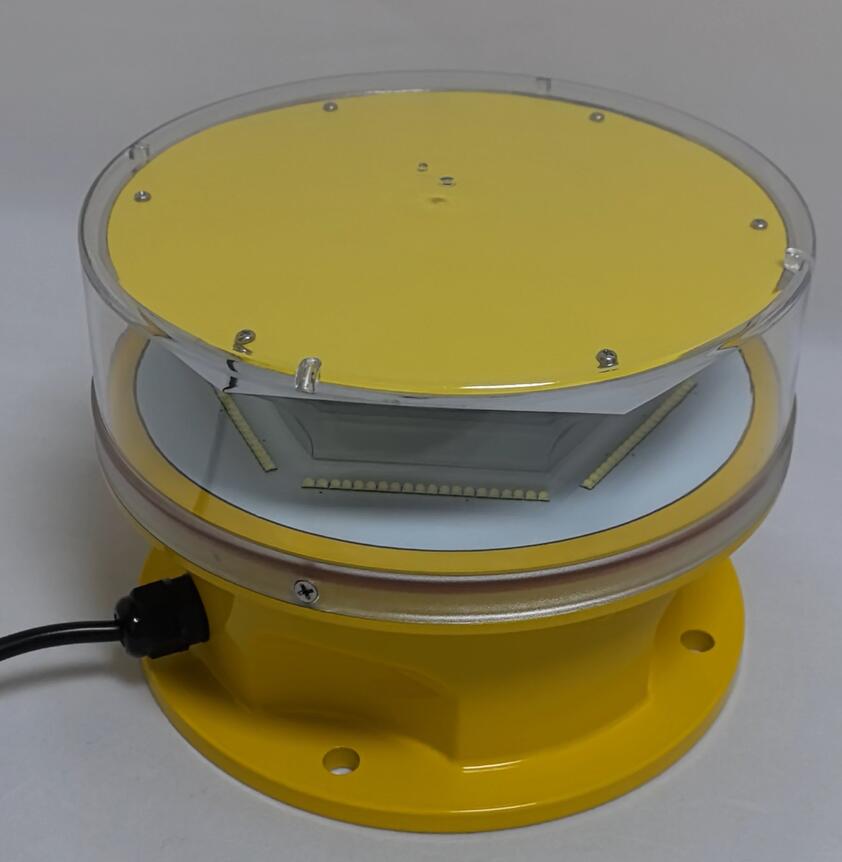In the realm of aviation, safety is paramount. Among the many elements that contribute to the smooth and secure operation of airports, obstruction lights play a crucial yet often underappreciated role. These lights are the silent sentinels that protect aircraft and passengers by clearly marking potential hazards in and around the airport.
Obstruction lights airport are designed to be highly visible, even from a great distance. Their purpose is to alert pilots to the presence of tall structures, such as towers, cranes, and buildings, that could pose a threat to the safe passage of an aircraft. These lights serve as a vital navigational aid, helping pilots to avoid collisions and ensuring the safety of everyone on board.
The importance of obstruction lights cannot be overstated. In a world where air travel is increasingly common, the potential for accidents is always a concern. Obstruction lights act as a first line of defense, providing pilots with clear and unmistakable warnings about potential obstacles. Without these lights, the risk of collisions would be significantly higher, endangering the lives of countless passengers and crew members.

One of the key features of airport obstruction lights is their durability. They are exposed to the elements 24/7, enduring extreme temperatures, high winds, rain, and snow. To ensure their reliability, these lights are constructed from high-quality materials that can withstand the harsh conditions of the airport environment. They are also designed to be highly resistant to vibration and shock, which can occur during takeoff and landing.
Another important aspect of obstruction lights is their visibility in all weather conditions. Whether it's a clear day or a foggy night, these lights must be easily seen by pilots. To achieve this, they use bright colors and distinctive flashing patterns that stand out against the background. Some obstruction lights even have built-in sensors that automatically adjust their brightness based on the ambient light conditions, ensuring maximum visibility at all times.
| obstruction lights | FGB6 |
| GB2 | VB6 |
The placement of obstruction lights is also carefully planned to ensure maximum effectiveness. They are strategically located on tall structures near the airport, ensuring that they are visible from all angles. In addition, the lights are positioned in such a way that they do not interfere with the normal operation of the airport or cause distractions to pilots or ground crew.
Airport authorities and regulatory bodies play a crucial role in ensuring the proper installation and maintenance of obstruction lights. They establish strict guidelines and standards for the design, placement, and operation of these lights. Regular inspections are conducted to ensure that the lights are functioning properly and that any faults or malfunctions are promptly addressed.
In addition to their role in safety, obstruction lights also have an aesthetic impact on the airport environment. Many airports take pride in their appearance and strive to create a visually appealing and welcoming atmosphere for passengers. Well-designed obstruction lights can add to the overall aesthetic of the airport, while also fulfilling their important safety function.
As technology continues to advance, so too do obstruction lights. New innovations are constantly being developed to improve their visibility, durability, and energy efficiency. For example, some modern obstruction lights use LED technology, which offers longer lifespan, lower power consumption, and greater brightness than traditional lighting sources.
In conclusion, obstruction lights at the airport are an essential part of the aviation safety infrastructure. They serve as a visible reminder of the potential hazards that exist in and around airports and help to ensure the safe passage of aircraft. Whether it's a bright sunny day or a dark and stormy night, these lights are always there, silently guarding the skies and protecting the lives of those who travel by air. As we continue to rely on air travel for business and pleasure, it is crucial that we recognize the importance of obstruction lights and ensure that they are properly maintained and updated to meet the evolving needs of the aviation industry.